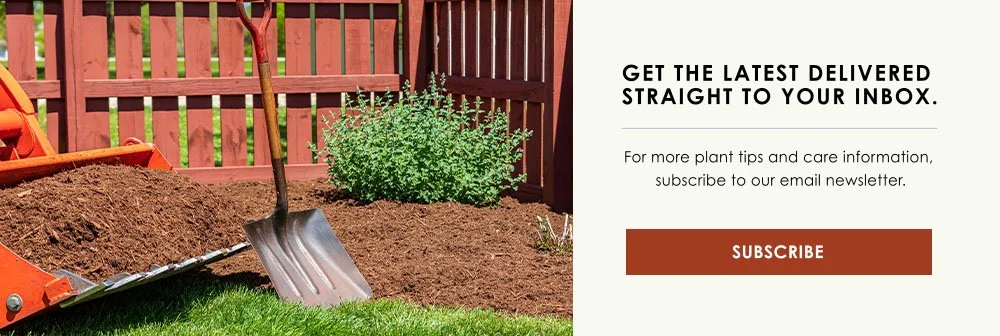WINTER FROST IN INDIANAPOLIS: PREPARATION GUIDE
The frosty season is fast approaching, and you know what that means! Now is the time to prepare your crops for winter frost so that they will survive the coming winter. Here's how you can prepare your Indianapolis garden for the upcoming frost date and protect it against the cold.
First Frost Date in Indianapolis
The first frost indicates the approximate date of the first light freeze in a geographic location. A light freeze occurs when temperatures fall between 29°F and 32°F. The USDA Hardiness Zone method indicates that the first light frost in central Indiana occurs on October 16, so make sure you're ready for the frost around mid-October!
Can You Plant Before First Frost?
The first frost doesn't mean you have to say goodbye to the gardening season; it just means that you have to prepare your planting schedules accordingly. You can grow everything from spring flowering bulbs to cold weather crops like broccoli, radishes, and leeks, as long as they are frost-tolerant.
Preparing for the Cold
Why is the date of the first frost so relevant to your gardening routine? It indicates what crops and vegetables you'll have to move inside when the temperatures drop. To prevent leaf-drop or shock in your plants, you must carefully acclimate them from outdoors to indoors. To acclimate your crops, follow these best practices:
Adjust light conditions. If your crops are still outdoors, gradually acclimate them to lower light levels over the span of one week, moving them to increasingly more shaded areas day by day.
Water accordingly. Plants transition to a much slower growth schedule once moved indoors, and cold weather only deters this process. Don't water your plants until their soil has dried out, as too much water can cause leaf-drop.
Monitor humidity. Depending on the crop variety you're working with, some plants require more humidity than others. Two to three times a day, spray plants with a fine mist of water to provide additional humidity. Humidity trays can also aid in this process.
Don't fertilize. Just like humans, plants get nervous when placed in a new environment, and adding fertilizer can add to the stress. Since your plant is moving into dormancy anyway, you can give it a rest from fertilizer.
Frost Coverage in the Outdoor Garden
Not every plant in the garden can come inside for the winter! These best practices will help you prepare your crops for a cool season outdoors.
Cover with a Blanket
Plants like sweater weather, too! Lightweight "blankets" for your plants will be your best friend when protecting your crops from the winter chill. It provides a barrier that keeps the moisture in the air off your plants and protects them from frost! Talk to our gardening experts about a fabric covering best suited for your needs; burlap, polypropylene, or fleece ground coverings make for excellent frost protection.
Covering your ground crops in a horticultural-friendly fleece will protect them from wind, chill, and all other cold weather threats that winter gardening brings. You'll need a few stakes to set around and some fabric to build a tent-like covering for your crops.
Place Fragile Plants in Shelter
Tender crops can be lifted and stored in a safe place during the winter. Whether this is a garden shed, a cold frame, or a full-fledged DIY greenhouse, you can rest assured that you will enjoy those bulbs for more seasons than one.
Mulch!
Adding mulch to your garden beds will add an extra layer of insulation to the roots of your crops. Mulch helps regulate moisture levels, shelter plant roots, provide nutrients to your plants, and protect them from frost damage all at once.
Hydrate in the Afternoon or Evening
It is best to hydrate your plants in the afternoon or evening the day after a freeze so that your plants have a chance to raise their temperature slowly rather than moving from cold to warm temperatures quickly.
Visit us at Dammann’s Garden Company for all your winter frost preparation needs and more! No matter what the season is, we're here for you and your crops.





